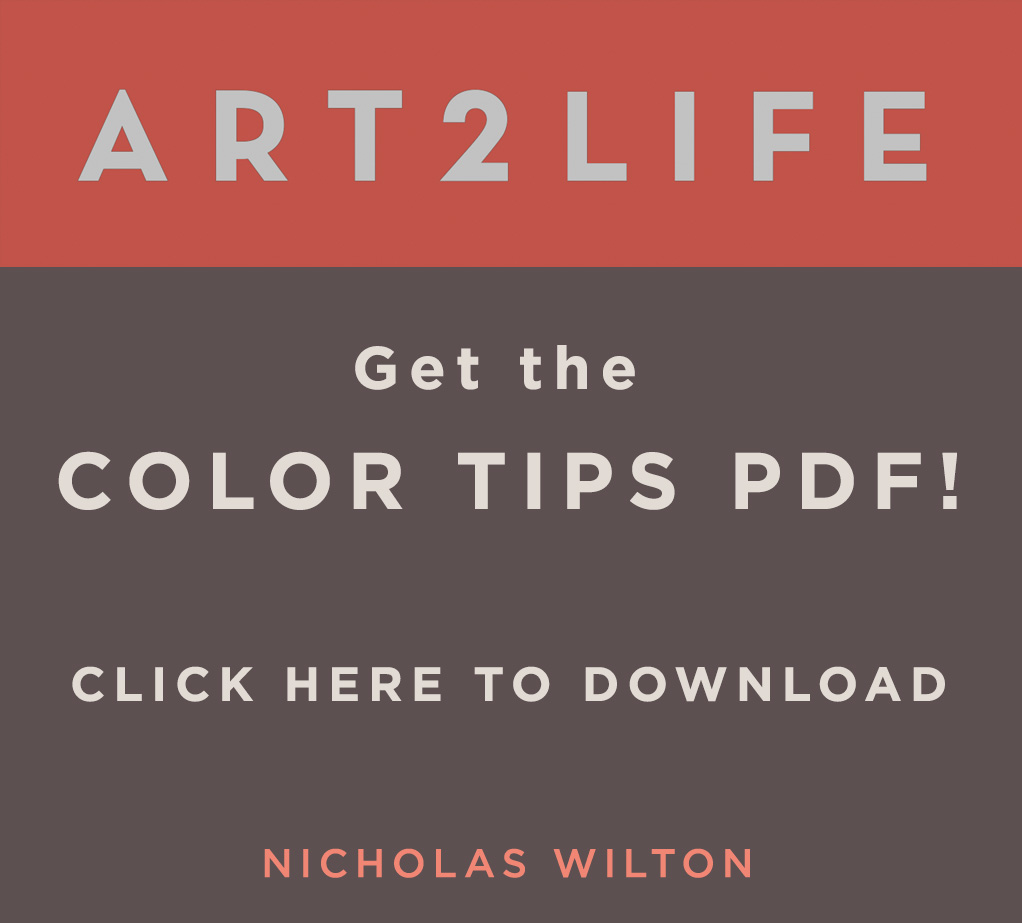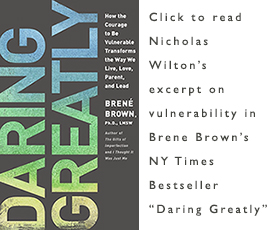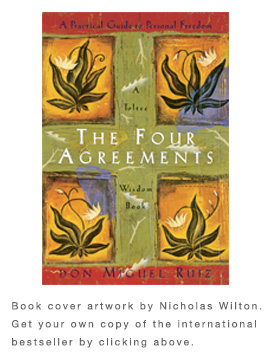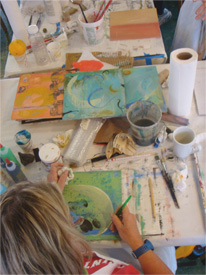
In my currently running video series on the Art2Life Principles a lot of people are asking the same question. It involves Design.
If you are missing out on this currently running free video series click here:
https://art2life.leadpages.co/art2life-video-1-infusionsoft/
In this first video I define design as the arrangement of shapes on a plane. Anything that we can clearly see on our canvas constitutes design. What makes strong design, however, is having differences between the shapes that we can clearly see on the canvas. Differences such as size, shape, texture, color and value, to list just a few.
One of the questions that has been coming up is how do we know when we have created too many differences? Can’t we have too much going on in our design? Isn’t it possible to go from a boring design, meaning everything is kind of similar and but then take it too far and end up creating a picture just crammed full of too many different things?
In other words, How far is too far? And how do we know when we get there?
This is a very good question and unfortunately the answer will be different for everyone depending upon the kind of aesthetic or desired outcome they are after in their art.
There is, however, an approach I use that might be helpful for you too.
What I have found in my own art practice is that it isn’t that I have gone too far, but rather, I haven’t gone far enough.
In other words, we tend to stop too early. If something starts to work and we start to like it, the tendency is to hold back lest we ruin the noticeable improvement that is beginning to occur. Often, however, we should have taken it farther. Sometimes going that last 10-15% is what can shift our art from merely good to great.
Making work that is “edgy”, meaning it is right to the edge but hasn’t fallen off the cliff yet, really engages you and the viewer. That slight tension, that risk that the artist took to go all the way but not too far creates irresistible art. This is the kind of art that we talk about and tend to share with others. Sometimes we just can’t stop thinking about it. And as you probably can guess, this also is the kind of work that sells.
So how do we go right to the edge? Well, I like to use the metaphor of driving a sports car along a very windy, mountainous road. Obviously we want to drive fast. We want to go faster and faster, and unlike real life, in this make believe metaphor we want to go so fast that at some point the car can’t quite make the corner and goes right off the cliff.
And this is the point. We want to take our work beyond what we thought was safely working, and simply get in the practice of adding and adding till we know for certain that we have gone too far.
Unlike the sports car metaphor that finds the car smashed to bits at the bottom of a ravine, in art we can easily recover. We can just paint over, and edit out what suddenly just becomes too much.
We come backwards into it, so to speak.
We arrive back at the cliff right before we lost control and went over that edge. But this time we know exactly where the edge is because we have been there before. And this is where we stop. This is that sweet spot where Risk meets constraint, tension meets ease and where good becomes great.
I am always surprised how much further I can take my art when I stop holding myself back from that edge. It is always much further away than I think.
The important thing to realize is that the edge is where the learning occurs. The edge is where we, and our viewers, feel most alive. Try and go there more often. Doing so will bring not just your art more alive, but you too.
In my second upcoming video on Value, I will be demonstrating how to avoid that over crowded feeling in our art using Value.
Again, if you are missing out on this currently running free video series click here:
https://art2life.leadpages.co/art2life-video-1-infusionsoft/
See you there.



